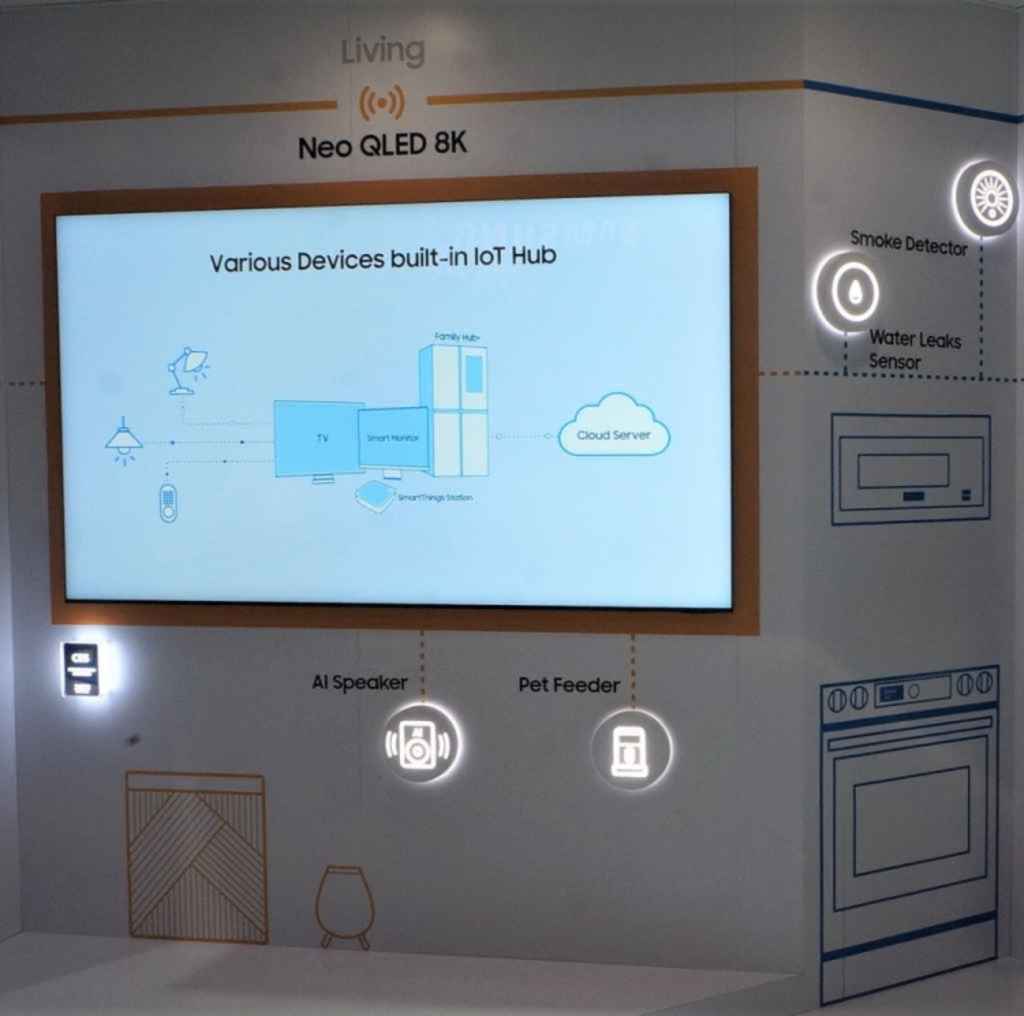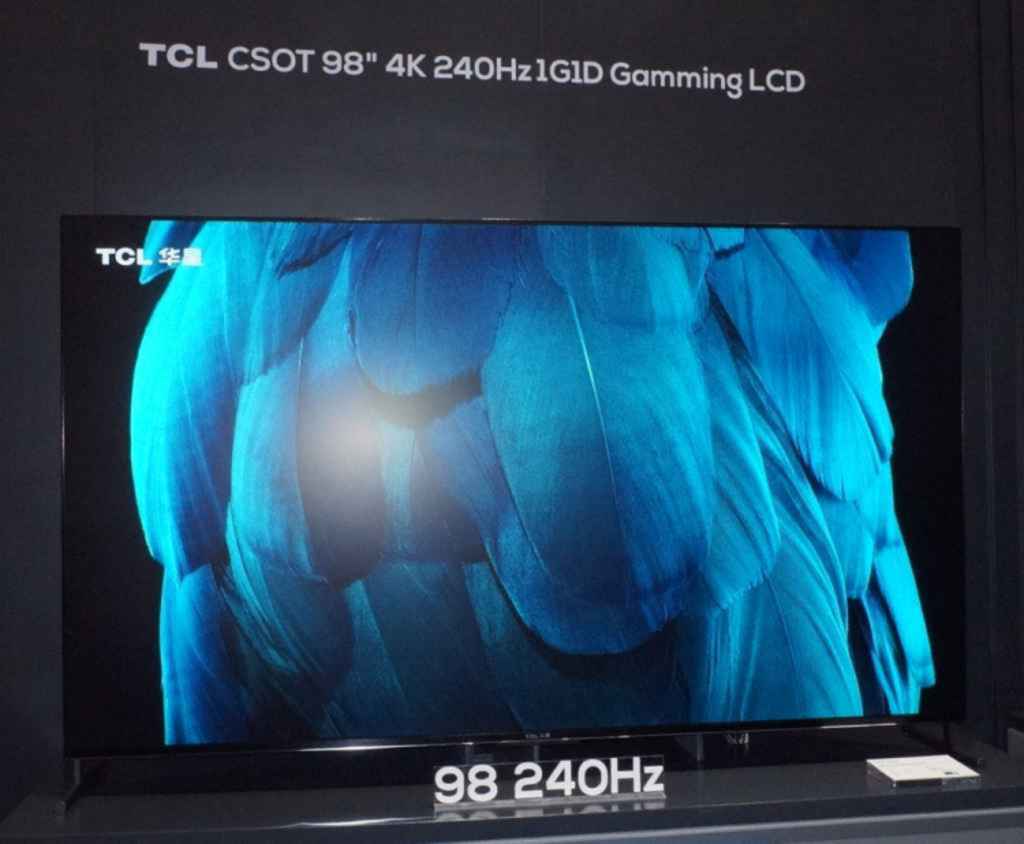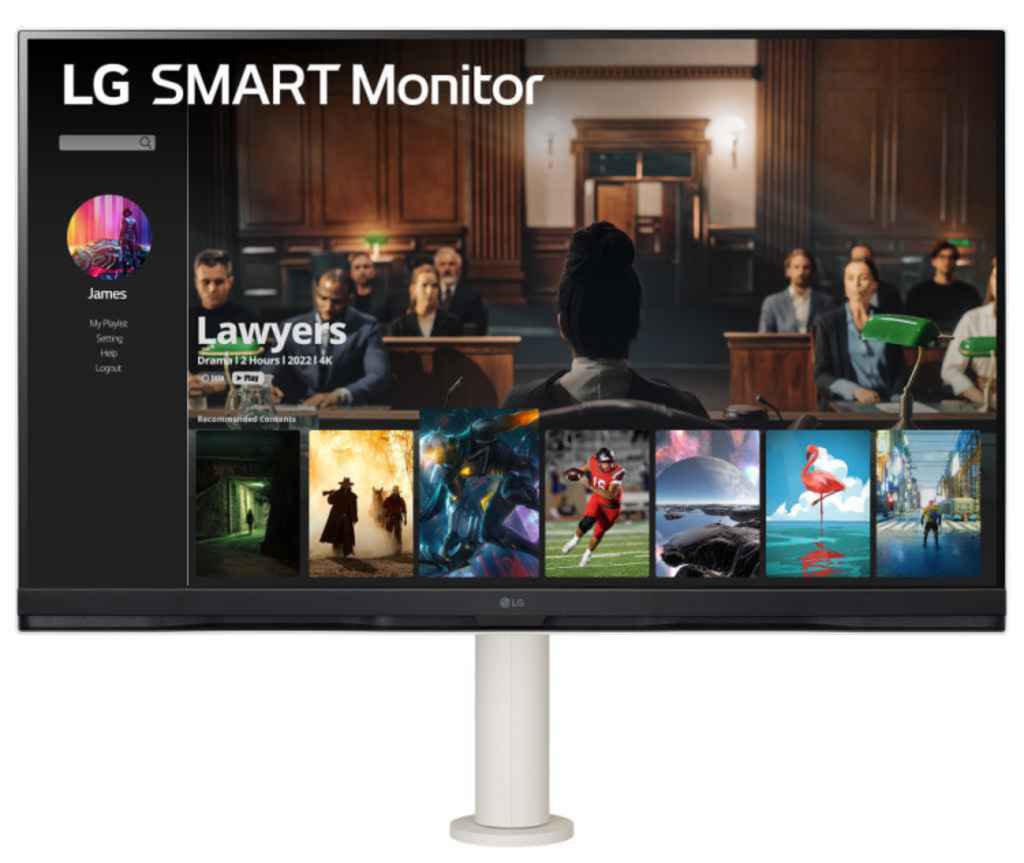Michael Heiss investigates whether TVs have disappeared from recent trade shows or if they’ve been hiding in plain sight.
Now that both January’s CES and February’s ISE have come and gone, this is a good time to answer the question that one heard at both of those events from more than a few pundits and observers, both in the media as well as the general public. Often said in a whisper, but more times than not quite out loud, many were asking “Where were the TVs?”. Yes, this was asked more at CES which is more consumer product-centric with a liberal dose of automotive and “digital or virtual this and that”, than ISE where the residential world shares a larger part of the stage with commercial, educational, enterprise and digital signage products.
For those who are used to booths from the major brands that are full of the latest and greatest both in terms of TV models and technology, perhaps a valid question. Then again, perhaps not. Taking a look back, with the caveat that while I did spend six days in Las Vegas at CES but did not make it across the pond to Barcelona for ISE, the question is better posed as “What were those TVs?”, not “Where were they?”. It all started at CES with Sony not showing any new TV models in their booth, and LG only showing an interesting showcase product. Yes, Samsung had a few in their booth, but the bulk of their line was off the show floor in a ballroom at Caesar’s Palace. Both TCL and Hisense had a large line up of TV sets right at the front of the main hall, but that is actually part of the answer to the question.
Great, so what is the answer? It comes in many slices and the answers help frame the way you select and provision TVs and video displays in general across the breadth of the installations you sell, design, and install.

Once the sole province of expensive broadcast monitors, video grading and correction suites such as this have increasingly taken to high-end consumer sets
First and most importantly, it’s time to put aside the notion of “the telly” as a box, or now a flat panel, that you watch to view programmes sent out over the air, via cable or by satellite delivery. Yes, the content delivery pipes may have changed, but the viewing was more or less a passive experience selected by a dial or a few buttons. Set top boxes expanded the role of the TV, but mostly to just deliver even more channels.
Those TVs were, for the most part, indeed absent from the trade shows this year. However, that doesn’t mean that sets expanding that definition were absent. As an example, two sets seen at CES broke the delivery chain to the TV. Literally. The most impressive one from a size category was LG’s 97” M3 Signature Series OLED. As one would expect, the screen was thin and the picture was terrific, but other than a mains power cord, there were no other connection points. Instead, the sources, Wi-Fi and wired broadband connections are made to a compact black cube. That, in turn, connects to the set via a proprietary wireless connection. To be sure, an interesting idea.
“There are no power cords as the set runs from removable batteries.”
However, the M3 isn’t any more wireless than a “wireless” speaker or subwoofer is wireless since you have to plug it in to the wall. To truly be wireless there can’t be any wires at all. That is exactly what a 55” OLED set from a new company called Displace does. There are no power cords as the set runs from removable batteries. There are no source connections as, like the LG set, they are made to a separate external box.
The cool thing about Displace is that it departs from what one would think of as defining a TV in that it not only doesn’t have power or source connections, but it doesn’t even have a stand or wall mount. Amazingly, it is held to the wall surface by suction cups assisted by vacuum pumps. As best as one could tell from a trade show booth demo, it did work, but I’m wondering how it will work long term.

If an 8K TV is used more than occasionally for home device status and reporting, is it still a TV?
Note that this unique take on “TV” will not be available until December and only in limited quantities in the US. This will be something interesting to “watch”, in more ways than one.
Anyone looking for a “TV” at recent trade shows on a wall with different sizes and screen technologies needs to change their definition. “Where were the TVs?” How about looking around the smart home side of things. Continuing a trend from recent years, the TV is now being promoted as more than just the thing you use to watch content, regardless of the source. Now, it is being promoted as the control and display for all parts of the smart, or connected, home.
If you looked in the part of the set manufacturer stands where they showed all the bits of kit on a home network, you would have seen more sets than in the somewhat absent “TV/Display” venue area. Given that virtually all TVs these days are connected and “smart”, that many of them have connections for a USB webcam, and the fact that many have the capability to “hear” and respond to voice commands for the major control systems, why not use the screen as a control hub? Sure, some would say that is what tablets, phones or dedicated keypads are for, but why not have a full view of the home’s device activity from the comfort of your couch?
“Now, it is being promoted as the control and display for all parts of the smart, or connected, home.”
“Where were the TVs?” How about where the gamer and home office demo display areas were? It’s bending the definitions a bit, but let’s call this the “monitorisation of TVs” and the “TV-isation of monitors”. Once upon a time the dividing line was that a TV was something with a tuner (as US regulations require to be called a “TV”), and anything without a tuner was a monitor. Pushing it a bit further, TVs had video inputs and monitors had PC-compatible connectivity.
Things have certainly changed. HDMI is now the lowest common denominator serving in most cases as the universal connection between virtually any source that has a video output, be it a streaming device, a set top, a game console, a computer’s video card, security cameras and systems, the output of control and automation systems and almost everything else. Yes, these are all video sources, but the needs may be different. Is it a game? You want VRR, higher frame rate and low latency. Is this a precise editing or graphics application? Then you want a better colour palette and perhaps DCI-P3, Adobe RGB or BT-2020. Just chilling and you or a client just want the best colour and contrast? Then you want HDR-10, HDR-10+, Dolby Vision, Dolby Vision IQ, HLG, Advanced HDR by Technicolor, or for more PC-like video, one VESA’s DisplayHDR standard levels.

TCL showed a prototype of a 98” screen from their CSOT panel manufacturing division that may eventually find its way into a TV, or will it be a HUGE monitor? Either way, this was a “TV” at CES
Where does this take us? The TVs were at the recent trade shows but they were in the parts of the stands where game consoles and gear, home office, and in-office productivity products were showcased, not “TVs”. The way to find these needles in the TV haystack was to follow the trail to 24” to 42” products, as those are the typical sizes for these application blended devices. There, in those size ranges, one would have seen what be called a TV set, but they had enough game-centric features that they could be mistaken for a monitor. Of course, many of us have been doing this for years with these relatively smaller screens by using them as a PC monitor simply by connecting one through an HDMI port.
Perhaps the best proof of the use of TVs as monitors is found in the world of video post-production and video grading. One need look no further than the world of colour grading and correction. While extremely expensive “broadcast monitors” costing over $20,000 are still used in the most critical applications, in many applications they are increasingly being replaced with high-end consumer OLED sets. As an example, a friend of mine who is a well-known Hollywood colourist has colour corrected and graded hundreds of famous films and restorations over the years using a 32”, $4.000, “prosumer” monitor as his main screen. However, that will probably be replaced with a top-of-the-line consumer OLED model in a few months. It will be larger, cost less, and probably look as good as the prosumer set, or better. If his client’s studio accepts that, shouldn’t your clients? Is it a monitor or a TV set? As long as the image is good, who cares what it is called.
“No more, as today’s projectors have, in many cases become TVs with the possible exception of not having an off-air tuner.”
Of course, things work in both directions. Particularly since the emergence of work from home during Covid, monitors previously used only to display data and image content have expanded their features to include multiple inputs, audio from more than a tiny speaker, remote controls and streaming capability. Yes, as a monitor these products don’t have over-the-air tuners. However, thanks to the availability of multiple services, you are able to watch virtually everything that you would normally think of as “broadcast content”.
This brings us to a side off ramp in our search for “TVs”: curved screens. It wasn’t all that long ago that curved screens were a “big thing” at CES, ISE and IFA for consumer televisions. These days most will say that curved screens were a flash in the proverbial pan that ended up in the video product dustbin along with 3D. Given that, if you saw a curved display today one might think that it isn’t a “TV”.
Guess again. Curved screens have become very popular for gamers due to their immersive viewing radius and for workspace and work from home applications for their ability to surround the viewer with multiple video sources, spreadsheets, documents or images on one screen. Call them “curved screen monitors” if you will, but with these new curved screen products having been “TV-isized” if you see them when looking for a TV, you’ve more than likely found them.

LG’s 32” “Smart Monitor” has WebOS and other “TV-centric” features. Other than not having an onboard tuner, doesn’t it qualify as one of the TVs that some said was absent at recent trade shows?
Although we might not always think of projectors as “TV sets”, a shift in recent times has made them just that, and more than ever. Up until the last year or so, projectors were devices that did just that: they projected content from an external source. Beyond that, there was little else to do other than the adjustments necessary to adjust the picture to the size and position of the screen. No more, as today’s projectors have, in many cases, become TVs with the possible exception of not having an off-air tuner.
Leading the “projector as a TV” charge has been the inclusion of features that one has associated only with conventional TV sets. Chief among those have been HDR, more connectivity, and access to streaming services and web content without the need for an external set top or streaming device.
In a strange way, the “TV-isation” of projectors is physically apparent with the increasing popularity of Ultra Short Throw projectors, or UST. Though they are occasionally standalone devices, they are more frequently housed in purpose-built cabinetry that in some respects has a similar modern version of an old-fashioned console TV. Anyone who said there were “no TVs” must not have seen the UST projectors for residential applications. In many respects you might consider them the “new TV”.
Taking a look back at all of this, those who attended this winter’s trade shows who thought there were none there were mistaken. Unlike the characters in Beckett’s “Waiting for Godot”, the TVs did arrive and were there if you knew where to look and what to look for. There is a lesson in this search as it points to the changes in what defines a “TV”, what they are being used as and for, who makes and markets them and who sells them. That last criteria is where you come in.
The conclusion of this search for the missing TVs is that you need to think differently and look into what an installation situation requires when a TV is asked for. The devices can do many things, but which tasks are part of the use case? One size no longer fits all, but there is a size for all needs. Find the right one for the job at hand and regardless of what it is called you will have found the right “TV” for the job. Even better, by understanding the requirements you will have hopefully found yourself a profitable sale!
Main image: LG’s M3 on display in a CES suite, though it was also on the show floor and has no connections other than to mains power. An interesting “TV’